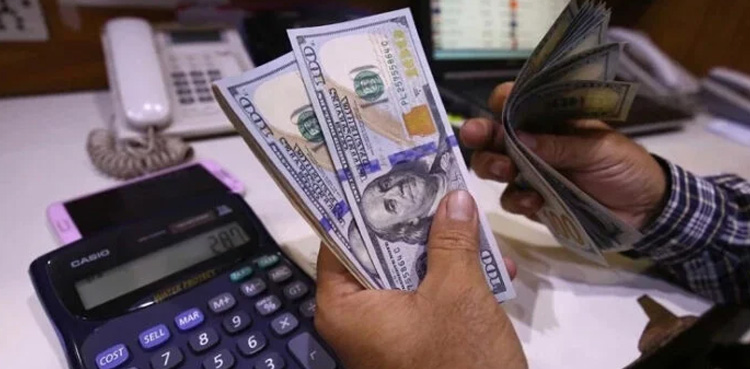ISLAMABAD: Pakistani Rupee on Tuesday appreciated by 04 paisa against the US Dollar in the interbank trading and closed at Rs 281.02 against the previous day’s closing of Rs 281.06.
However, according to the Forex Association of Pakistan (FAP), the buying and selling rates of the dollar in the open market stood at Rs 281.40 and Rs 282.90, respectively.

The price of the Euro increased by Rs1.42 to close at Rs 320.43 against the last day’s closing of Rs 319.
01, according to the State Bank of Pakistan (SBP). The Japanese yen went up by 02 paisa and closed at Rs 1.97, whereas an increase of Rs 2.
87 was witnessed in the exchange rate of the British Pound, which was traded at Rs 377.22 as compared to the last day’s closing of Rs 374.35.
The exchange rates of the Emirates Dirham and the Saudi Riyal decreased by 02 and 01 paisa each to close at Rs 76.50 and Rs 74.91 respectively.
On the other hand, the Saudi Riyal (SAR) remained against the Pakistani Rupee (PKR) at Rs74.92 in the open market on Tuesday, April 29, 2025. Read more: Gold rates Today in Saudi Arabia – 29 April 2025 The Saudi Riyal’s selling rate was noted at Rs75.
46. Saudi Arabia’s official currency is denoted as SAR or SR. A single Riyal is divided into 100 halalas.
The relationship between Pakistan and Saudi Arabia is characterized by a deep-rooted, mutually supportive alliance, reinforced by significant financial aid from the Saudi kingdom. Recently, Saudi Arabia extended a $3 billion deposit with Pakistan for an additional year to further strengthen the economy of the fellow Islamic nation. Every year, millions of Pakistanis working in Saudi Arabia remit large portions of their income back to the homeland.
These remittances are vital financial lifelines, enabling families to cover daily expenses, fund education, and stimulate local economies..
Business

Pakistani rupee gains ground against US dollar

ISLAMABAD: Pakistani Rupee on Tuesday appreciated by 04 paisa against the US Dollar in the interbank trading and closed at Rs 281.02 against the previous day’s closing of Rs 281.06. However, according to the Forex Association of Pakistan (FAP), the buying and selling rates of the dollar in the open market stood at Rs 281.40 [...]















